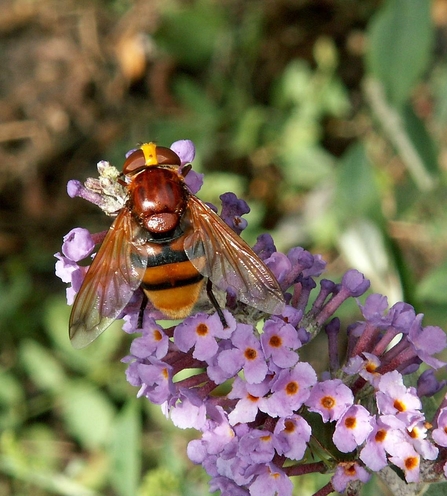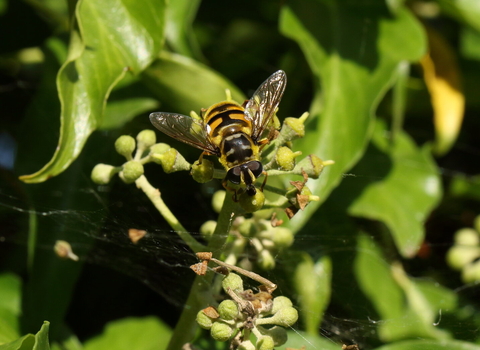This Insect Week (June 23rd to 29th), The Wildlife Trusts and Royal Horticultural Society are asking gardeners to look out for hornet look-a-likes, as part of their ‘Be a hoverfly hero’ campaign.
According to insect experts at the two organisations, nature can be canny: what you think is a hornet may be a hoverfly disguised as its more fearsome fellow pollinator – both do important jobs in your garden.
These creatures are deploying a cunning art – Batesian mimicry – named after explorer Henry Walter Bates. Whilst exploring Amazon rainforests, he noted that many species had evolved to look scarier than they actually were, to avoid being eaten by predators.
Tom Hibbert, manager of Wild About Gardens for The Wildlife Trusts, says:
“With occasional media reports of the newly arrived yellow-legged hornet (also referred to as the Asian hornet), which feeds on bees, our native European hornet is in danger of getting a bad name. In truth, our native hornets – while larger – are less aggressive than wasps and they are useful pollinators too.
“There are also wonderful hoverfly hornet mimics, which have no sting and are busy pollinating our plants. With so many natural predators, who can blame them for wanting to appear more intimidating than they really are.”





